Have you ever needed 400w metal halide LED replacement? One of our recent customers has. A customer contacted us for advice on how to use LED high bays to replace 400w metal halide high bays in a 100′ x 200′ shipping warehouse. The customer’s current lighting was old and many of the fixtures didn’t work. The customer had contacted us to purchase new lighting that would be more efficient than their previous fixtures. Fireflier lighting was able to step in, provide photometric data, and provide the customer with new LED fixtures at a lower cost and higher efficiency level than before. Read on to find out how we did it!
Problems With 400w Metal Halides
The customer had numerous problems with his current 400w metal halide fixtures.
One of the biggest problems was constant ballast failure. Each time a ballast failure occurred, the customer would have to call an electrician to fix it. With 25′ ceilings in the warehouse, this quickly became time consuming and expensive.
Another major issue was lack of efficiency and cost to run the fixtures. These lights used a lot of electricity at a whopping 460 system watts per luminaire. What also increased efficiency was the short timeframe in which the metal halides would depreciate, or become less bright.
The last major problem that the customer was concerned about was the risk of nonpassive failure. Nonpassive failure is a spontaneous explosion that can happen to metal halide lamps. This rains hot glass on everything in the vicinity and the risk of this happening was just too large for the customer to take.
How many LED Watts does it take to replace a 400 watt metal halide?
The best advice we can give anyone is never buy a LED product based on watts. Buy it based on lumens and then figure out how little watts you can use to make those lumens.
What is the lumen?
In simple terms, it’s a measurement of light that defines how much light a certain fixture or bulb produces. It is the light you are replacing. Fixtures produce lumens and consume watts. And all the fixtures lumens combined provide a foot-candle measurement. When we do a photometric calculation, we use the data associated with that fixture or bulb. We then insert it into photometric software, and calculate the foot candles for the area. In real terms, a light meter will give you a foot-candle reading at the place you are standing. Move close to a light source, the foot candles will rise. Move away, it will fall. The foot-candle reading between 2 fixtures is the collective lumen output. These 2 fixtures distributed to that point where you are standing.
Why does this matter? A lot more than you may think. Because it’s what matters when replacing old systems with new lighting technology.
To replace an existing fixture (or entire system), you need the lumen output per fixture. Let’s say your metal halide fixtures produce 32,000 lumens per 400 watt bulb. So instead of thinking, “I need 400 Watt LED to replace 400 Watt Metal Halide,” you need to be thinking.
“I need an LED that can replace 32,000 lumens.”
Take this example of 32,000 lumens for a 400 Watt metal halide. That means its outputting 80 lumens per watt. In the world of lighting, this isn’t that efficient, with LEDs approaching 200 lumens per watt. But, there are some other factors going on here that you need to be aware.
Understanding Initial lumens and L70
32,000 lumens seems bright. Metal Halide Bulbs have high initial output because they suffer from rapid lumen depreciation. It is not uncommon for a metal halide bulb to lost 50% of its lumens at half-life. Full life for a metal halide bulb is 15,000 hours. That means at 7500 hours of use, it has lost half (or 16,000) of its lumens.
L70 is a term the number of hours before a bulb is performing at 70% of initial lumen output. For metal halide, that calculates to 5,000 hours of use.
You will notice L70 times for LED is in terms of 50,000 and 100,000 hours, not 5,000 hours like Metal Halide bulbs.
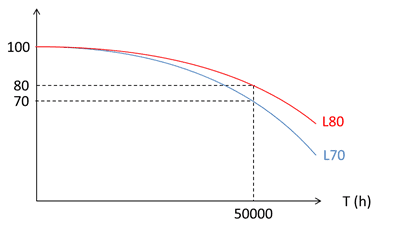
Loss of Light due to Reflection
LED light is directional, which means all its light shines where pointed. It does not need a reflector to collect it and deliver it to where it is needed. Conventional light sources are Omni-directional. They need reflectors to gather the light and focus it where needed. Any reflection of a lumen that is over 1 bounce in the reflector is a loss of that lumen. You can lose up to 30% of the effective lumens in this reflective process.
If a Metal Halide bulb has 32,000 initial lumens, the loss accounted to reflected lumens drops the lumen output to around 20,000 lumens.
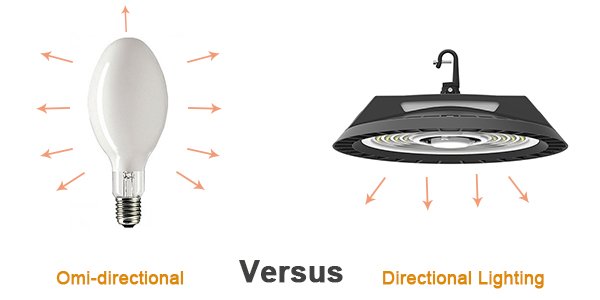
Quality of Lumens – CRI
Color Rendering Index, or CRI, is the best way to compare the quality of light sources. The higher the quality of light, the less quantity you need. It is common for customers to report that 20,000 lumens of LED appears brighter than 60,000 lumens of other light sources, like HPS.
The basic truth is you need less quantity when you have higher quality.

Photopic vs Scotopic Lumens – How we perceive light versus how a light meter perceive light.
Photopic lumens are lumens detected by a device, like a camera or a light meter. It picks up all sources of light that we cannot see, like UV and IR. Scotopic lumens are lumens detected by the human eye. Its how we as people perceive light.
LED produces light within these spectrum’s, which means the light perceived by LED is light that we use. It is rare to see a LED light produce IR or UV spectrum’s. These wavelengths are invisible to people, so they have no value to us from a vision perspective.
It is common to stand under one LED and one traditional light sources. First read the fc measurement with the light meter of both light sources. Then ask individuals standing near by what light source they think looks brighter. And have the one that looks brighter contradict what the light meter tells us.
We perceive light sources and brightness different, in some cases, than light meters.
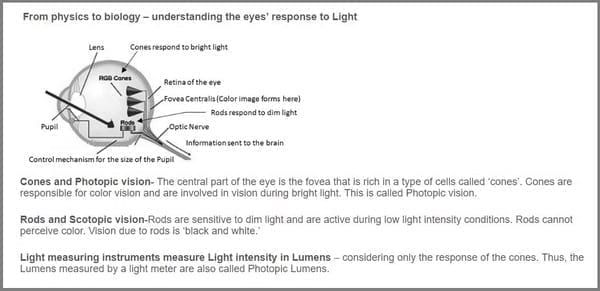
Converting from 400W Metal Halide to LED
The basic takeaway from all of this is you need far less LED lumens than metal halide or HPS lumens.
- Metal Halide bulbs are very bright out of the box, but not so much even after only 6 months of use.
- LED light is directional. The light goes where needed. No loss due to reflection.
- LED light is high quality light. You need less quantity when you have higher quality.
So how much LED Lumens do you need?
Only a photometric can tell you exactly how much you need. But over almost 10+ years of producing LED lighting, our general rule of thumb is:
- Indoors: 15,000 to 25,000 lumens (depends on application and mounting height). You would find these lights in a warehouse, factory, gymnasium, auditorium or swimming pool.
- Outdoors: 14,000 to 20,000 lumens (depends on application and mounting height)
By searching for a LED to a 400 Watt Metal Halide you can find fixtures that output at over 100+ lumens / watt. If you choose a reputable company with high quality product, you can reach higher than a 150 lumens / watt output. This allows you to cut your wattage usage per fixture by 2-3 and sometimes 4 times. This will save a lot of energy when you replace many fixtures.
If you are looking for a high bay bulb replacement, you can check our E40 LED High Bay Bulb 150W(20,000LM) or E40 LED High Bay Bulb 200W(28,000LM).
If you are looking for a high bay fixture complete replacement, you can check our UFO LED High Bay Bulb 150W(21,000LM/25,000LM) or UFO LED High Bay Bulb 200W(28,000LM/34,000LM).
If you are looking for a street bulb replacement, you can check our E40 LED Street Bulb 150W(19,000LM).
If you are looking for a street lighting fixture complete replacement, you can check our LED Street Light 150W(21,000LM/) or LED Street Light 180W(25,000LM).
Need A Photometric Analysis?
Are you interested in replacing old metal halide high bays with new LED models? Are you looking for a 400w metal halide LED replacement? Are you unsure of how many to purchase and what fixture would be an appropriate one-to-one replacement? We suggest doing a photometric analysis. A photometric analysis is a computerized simulation of the area that needs to be lit, run with fixtures that Fireflier Lighting manufactures and sells. This simulation is then delivered to you as a report that can help you choose lighting for your next project. For general questions, call 0086-130-8886-9086 or email info@fireflier.com.

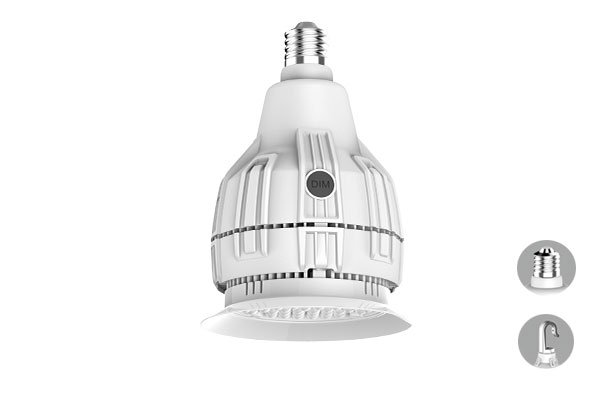
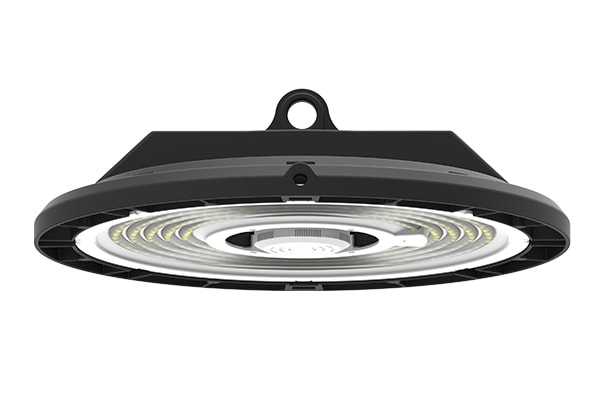
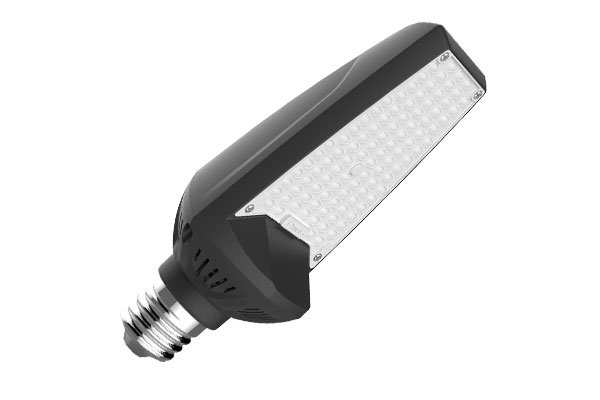
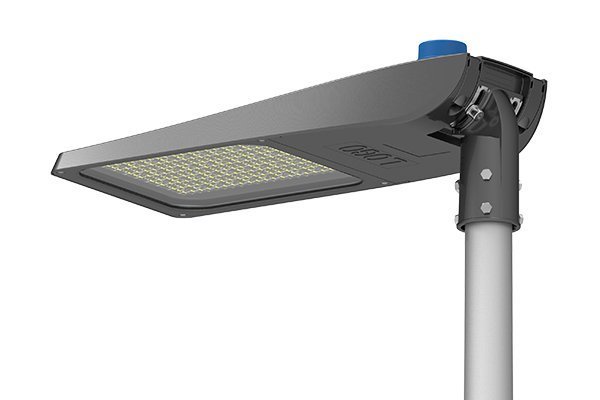
评论
发表评论